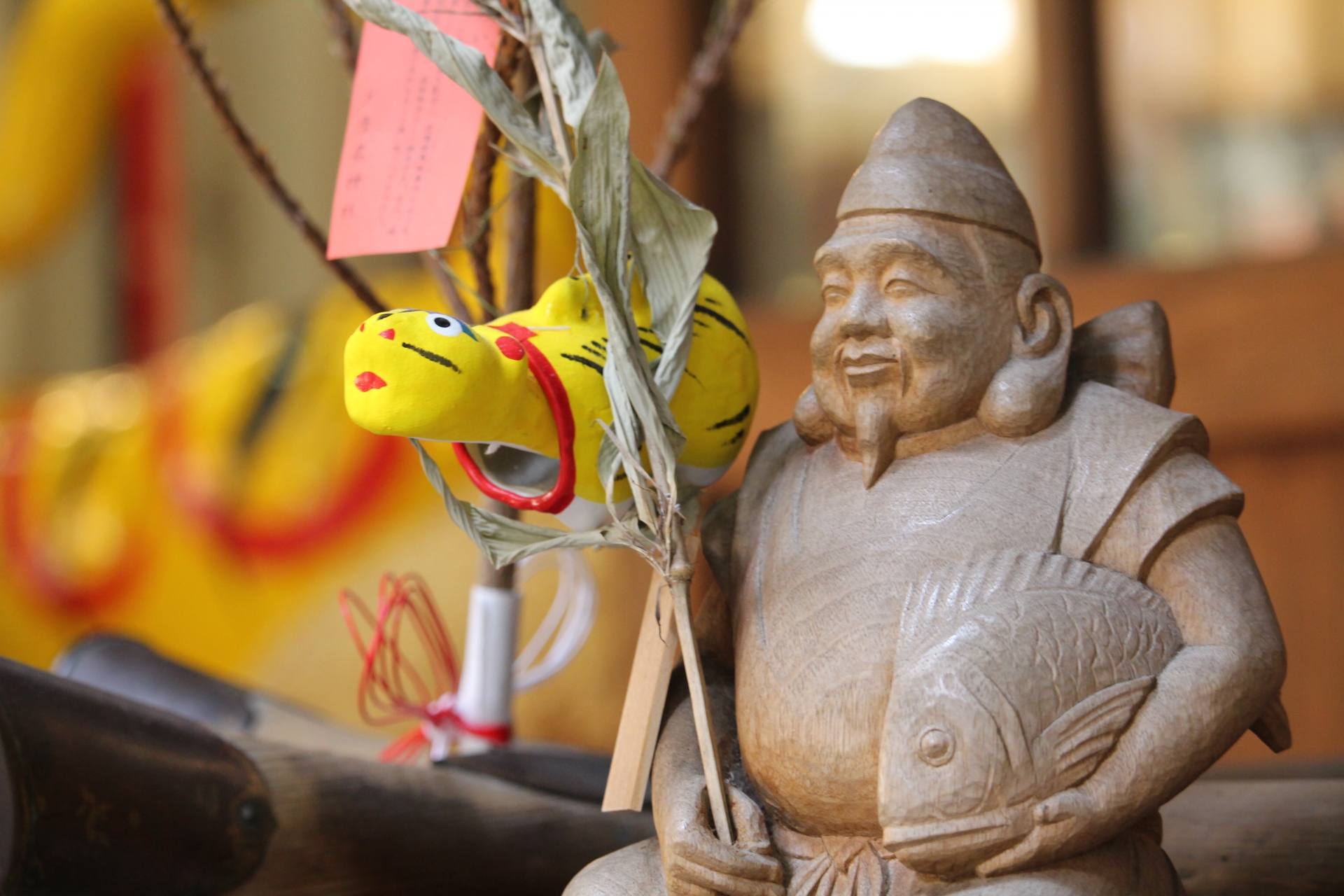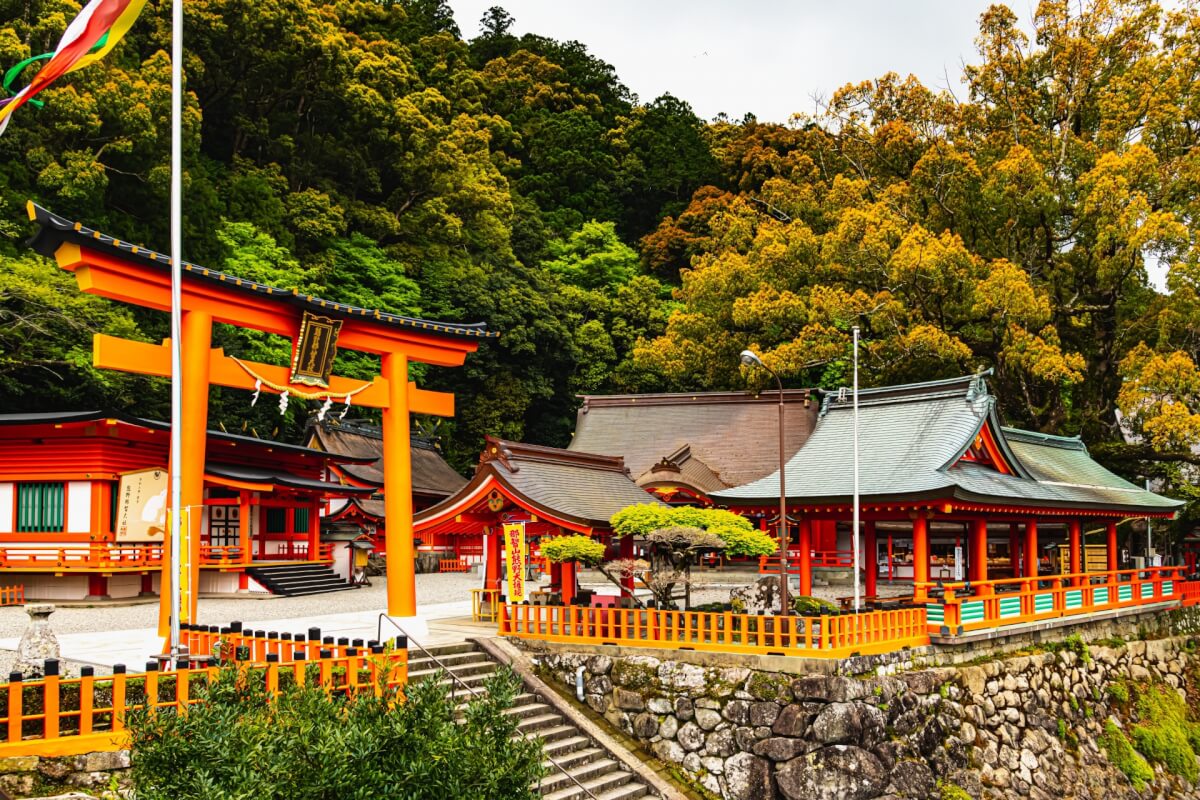The Seven Lucky Gods of Japan, known as Shichifukujin in Japanese, are an eclectic group of deities from Japan, India, and China which originated from Shinto, Buddhism and Hinduism. Each deity existed independently before the group was created in Japan in the 16th century. Images of the Seven Lucky Gods appear with great frequency in modern Japan and they are believed to give fortune and prosperity to the people or believers of the gods during the time of the new year. The Shichifukujin are an excellent example of the way Hindu, Buddhist, and Shinto beliefs exist side by side in Japan, influencing one another.
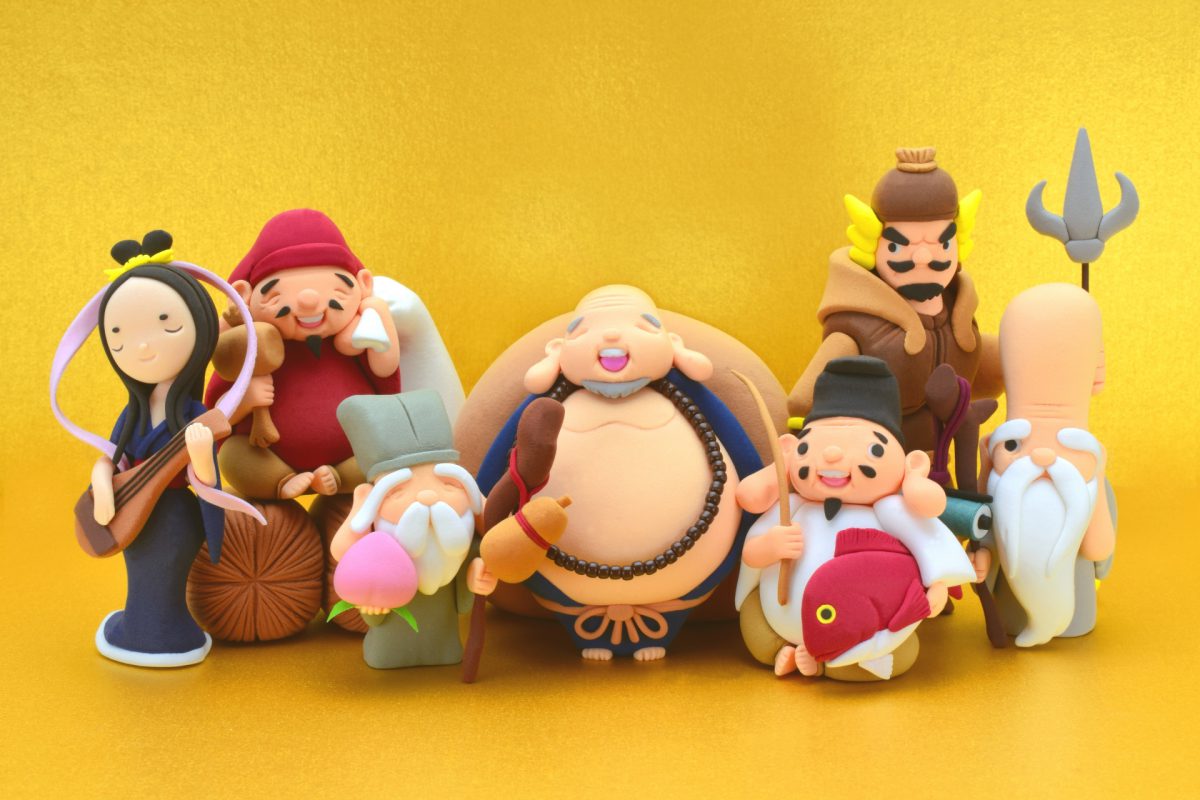
Who are seven lucky gods?
Seven Lucky Gods are seven deities that are Jurojin, Ebisu, Hotei, Benzaiten, Bishamonten, Daikokuten and Fukurokuju. It is said if you worship all the seven deities, you will be blessed with seven happiness and prevent you from seven misfortunes. Only Ebisu is native to Japan, and the image of seven gods on the treasure loaded ship is often seen at the restaurant or anywhere as a symbol of good luck. Each deity has a different feature and meaning, let’s take a look at each deity below.

Jurojin
The god of longevity and good health, from Chinese Taoist-Buddhist traditions
Jurojin is a god of Taoist-Buddhist from China, and he’s an incarnation of a pole star which brings you longevity. A long head and long white beard is a unique feature of this deity, and he often holds a peach in his hand.
Ebisu
The god of prosperity, commerce and fishing, native to Japan and Japan’s indigenous Shinto tradition
Ebisu is the only Japanese origin deity of the seven lucky gods, and it is said he is the children of Izanagi and Izanami who are deities of creation and death in Japanese mythology. Ebisu is most known as the deity of fishing, and he holds a red seabreak in his arm, and the fishing rod in the other. Later on, bringing luck on a big catch turns into the prayer for business prosperity.
Hotei
The god of happiness and good fortune, from Chinese Taoist-Buddhist traditions
Hotei is the only deity who actually existed. It’s said to be modeled after a Chinese monk. Round belly and kind smile, he’s represented as the deity of happiness. He carries a large sack and that is a sack of patience, it represents how much he can bear.
Benzaiten
The goddess of beauty and arts, the Hindu-Buddhist pantheon of India
Only goddess of the seven lucky gods, she has talent and fortune, and her appearance resembles a heavenly nymph holding a traditional instrument called biwa. It’s said she is originally modeled after the hindu goddess from Indian mythology.
She is often enshrined at the shrine near water.
Bishamonten
The god of war who defends humans against evil spirits, the Hindu-Buddhist pantheon of India
Having the appearance of a warrior, it is known as a god of war. While the other deities bring happiness and good luck, Bishamonten is also known as playing a role to get rid of the evil spirits.
Daikokuten
The god of agriculture, prosperity and commerce, the Hindu-Buddhist pantheon of India
Daikokuten is originally a hindu god, who is an incarnation of Shiva, the deity of creation and destruction. Since he was introduced to Japan, he has been presented with a kind face holding a mallet in his hand to bring fortune and a large sack filled with happiness. He often sits on a bag of rice and he becomes known as a god of good harvest.
Fukurokuju
The god of wisdom, good fortune, and longevity, from Chinese Taoist-Buddhist traditions
Similar to Jurojin, he’s also an incarnation of pole star and a deity of Taoist-Buddhist in China. His appearance with a long face and long white beard is also similar to Jurojin, but he holds a scroll and a stick in his hands. The name of Fukurokuju means having happiness, high status and longevity.
Seven Lucky Gods pilgrimage
Seven Lucky Gods pilgrimage is called Shichifukujin-Meguri in Japanese and this short tour can be done by visiting temples or shrines, each of which worships one or two of the Seven Lucky Gods, and collecting stamps in each place. The stamp is called goshuin or simply shuin. Seven Lucky Gods pilgrimage can be completed in a couple of hours to half a day depending on how far the temples and shrines are located from one another.
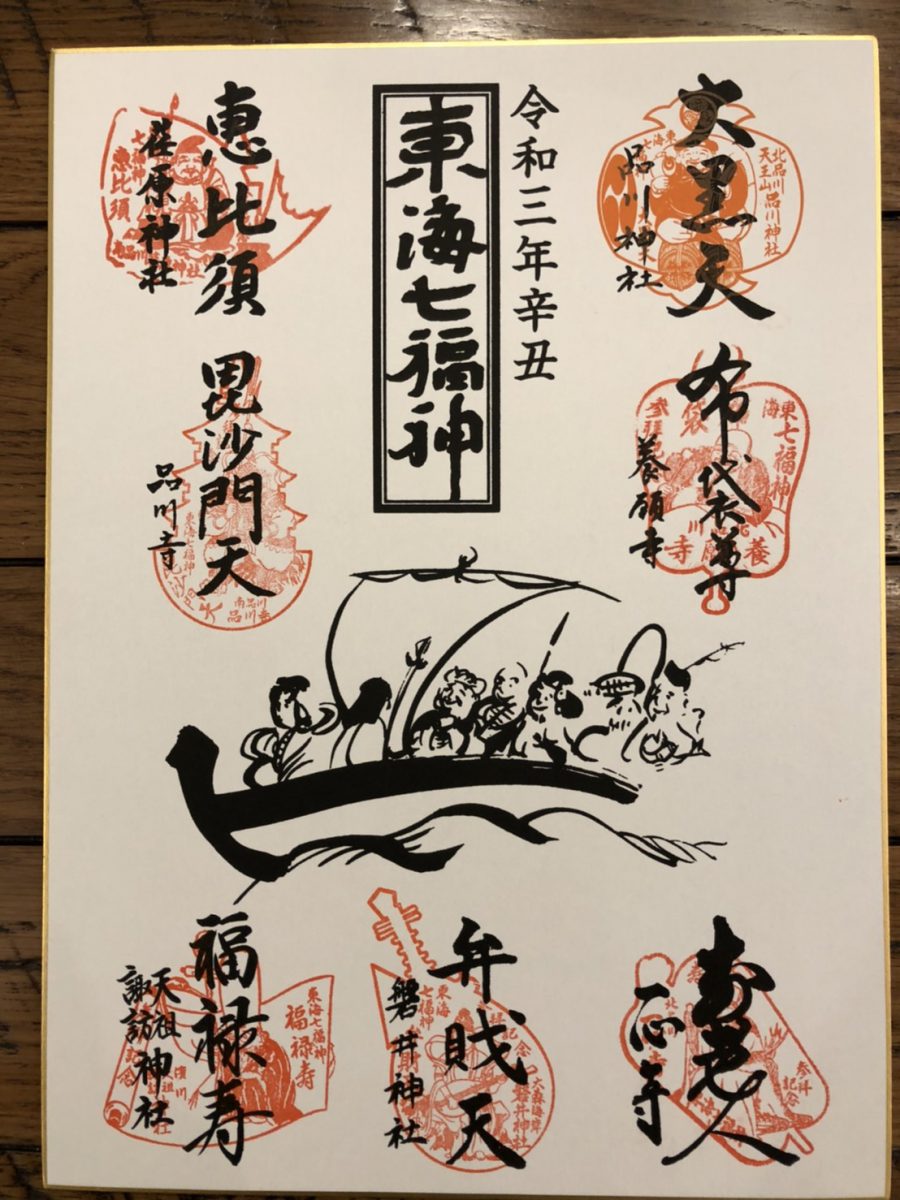
Collecting seven stamps is said to bring in good fortune and blessing throughout the year. That is why it is a popular New Years tradition and many people do this at the start of the year, especially the first seven days of January. In addition, many participating temples and shrines issue a special board called shikishi for the stamps only during the first week of the new year.
Miyako Seven Lucky Gods pilgrimage in Kyoto, dating back to the end of Muromachi Period (1336-1573), is said to be the oldest one in Japan. Although it takes almost a whole day to collect all seven stamps in Miyako Seven Lucky Gods pilgrimage because the participating temples are not located close to each other, still today many people try to complete the quest to have good luck for the year.
If you are in Tokyo, we recommend Yamanote Shichifukujin Meguri in Meguro or Koedo Kawagoe Shichifukujin Meguri in Saitama.
Yamanote Shichifukujin Meguri in Meguro
The Yamanote Shichifukujin Meguri is said to be one of Tokyo’s oldest shichifukujin pilgrimages which started at least the end of 18th century. Please be careful not to be confused with Yamanote Seven Lucky Gods Trail in Shinjuku, that is a different pilgrimage in a different area of Tokyo. Yamanote Shichifukujin Meguri in Meguro takes you to six temples and takes about 2-3 hours to complete. This crusade only passes six temples and shrines because 2 gods are enshrined together at Myoenji temple. The shikishi costs ¥500 yen, and each goshuin costs ¥300 yen. At each place you can also buy a small figurine of the lucky god for ¥500, optional is a piece of wood that can be purchased at Ryusenji Temple for ¥500.
If you visit temples in the same order as we introduce them here, you will be granted good health and longevity, and if you follow backward order, you will be blessed with prosperity in business.
1. Kakurinji Temple (Bishamonten)
Kakurinji Temple was founded in 1631 and the current main temple building was built in 1865. Bishamonten, the god of war, is worshipped in this temple. The temple is located 15 minute from Shirokanedai Station on Nanboku Subway Line.
2. Zuishoji Temple (Hotei)
After a 10 minute walk from Kakurinji Temple, you will find Zuishoji Temple which was founded in 1670. The current huge temple building dates from the early 19th century and is designated as a national important cultural property. The temple is dedicated to the god of happiness and good fortune, Hotei.
3. Myoenji Temple (Fukurokuju & Jurojin)
Walk 7 minutes and you will find Myoenji Temple that was founded in 1620. The original buildings were reconstructed in 1954 after being destroyed by bombing in 1945. Fukurokuju and Jurojin worshiped together here.
4. Daienji Temple (Daikokuten)
Founded in the early 17th century, Daienji Temple displays several statues of deities and Buddha in the temple ground. You can also find the statues of all the Seven Lucky Gods here. Daienji Temple is dedicated to Daikokuten, who is the god of agriculture, prosperity and commerce. Daienji Temple can be accessed by a 12 minute walk from Myoenji Temple.
5. Banryuji Temple (Benzaiten)
Banryuji Temple can be accessed by an 8 minute walk from Daienji Temple. Banryuji Temple is a relatively small temple founded in 1648. The temple worships the goddess of beauty and arts, Benzaiten.
6. Ryusenji Temple (Ebisu)
With only a 5 minute walk from Banryuji Temple, you will arrive at the biggest and oldest temple on the pilgrimage, Ryusenji Temple. This temple is also known as Meguro Fudoson. Although the temple was founded in 808, the temple building is quite new as being built in 1981. The Lucky God found in this temple is Ebisu, the god of prosperity, commerce and fishing, and the only one with a pure Japanese background.
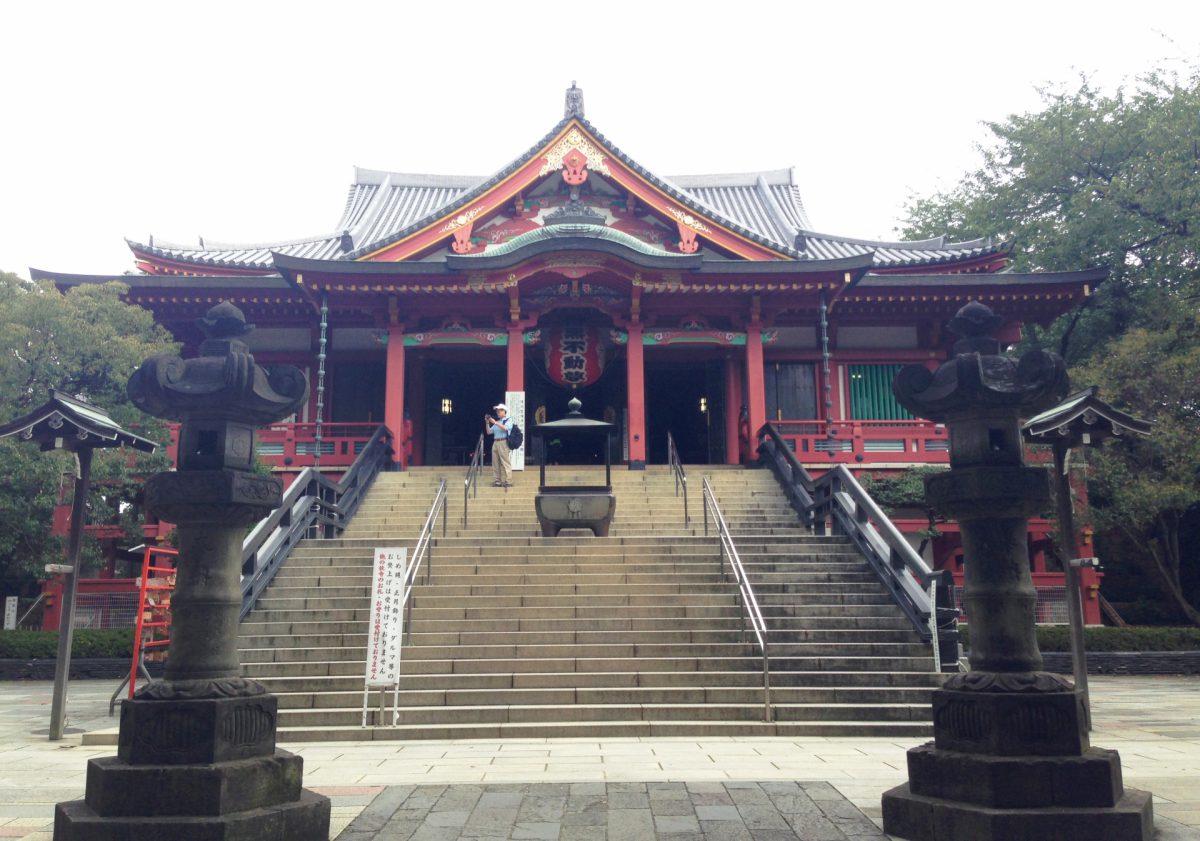
Koedo Kawagoe Shichifukujin Meguri in Saitama
Although this route is located in the Saitama Prefecture, it makes for a nice day trip from Tokyo. Kawagoe is called “little Edo” for its nostalgic atmosphere from the Edo period. When you are in Kawagoe, you feel as if you went back to the past.
The course of the pilgrimage to Seven Lucky Gods in Koedo Kawagoe is about 6 kilometers long, starting from Kawagoe station on the Tobu Tojo Line or from Hon-Kawagoe station on the Seibu Line. Enjoy sightseeing as you do the Seven Lucky Gods pilgrimage. The shikishi costs ¥300 and each goshuin costs ¥100.
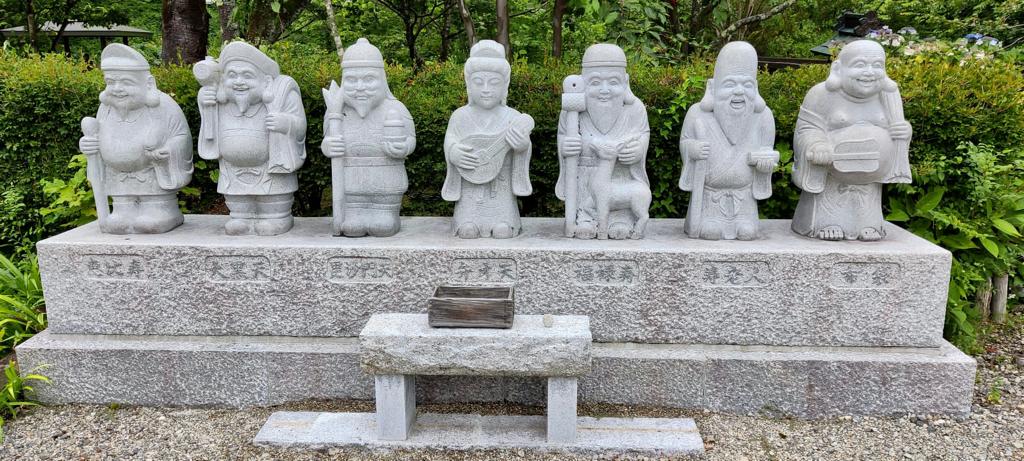
Myozenji Temple (Bishamonten)
A 5 minute walk from Kawagoe and Hon-Kawagoe stations, Bishamonten, the god of war, is worshiped. What makes this temple special is that they have a ‘sweet potato Jizo statue’ holding sweet potato to wish for a good health!
Tennenji Temple (Jurojin)
This temple is founded in 1554, 11 minute walk from Myozenji Temple. Jurojin, the god of longevity and good health, is worshiped.
Kitain Temple (Daikokuten)
A 15 minute walk from Tennenji, Kitain temple was founded in 830. Daikokuten, the god of agriculture, prosperity and commerce, is worshiped here.
Naritasan Temple (Ebisu)
3 minutes from Tennenji Temple, Ebisu, the god of prosperity, commerce and fishing, is worshiped.
It enshrines Fudo Myo who helps people to ward off evil spirits, and many people visit the temple to pray for a safe trip.
Renkenji Temple (Fukurokuju)
This temple was founded in 1549 and worships Fukurokuju, the god of wisdom, good fortune, and longevity. The temple is located about 8 minutes from Naritasan Temple
Kenryuji Temple (Hotei)
Founded in 1558, it experienced serval fires and main hall we can see today was rebuilt in 1881.
8 minutes from Renkenji Temple, and Hotei, the god of happiness and good fortune, is worshiped.
Myoshoji Temple (Benzaiten)
8 minutes from Kenryuji Temple and Benzaiten, the goddess of beauty and arts, is worshiped.
It was founded in 1375. From Myoshoji Temple, Kawagoe station is 7 minute walk and Hon-Kawagoe station is 10 minute walk.
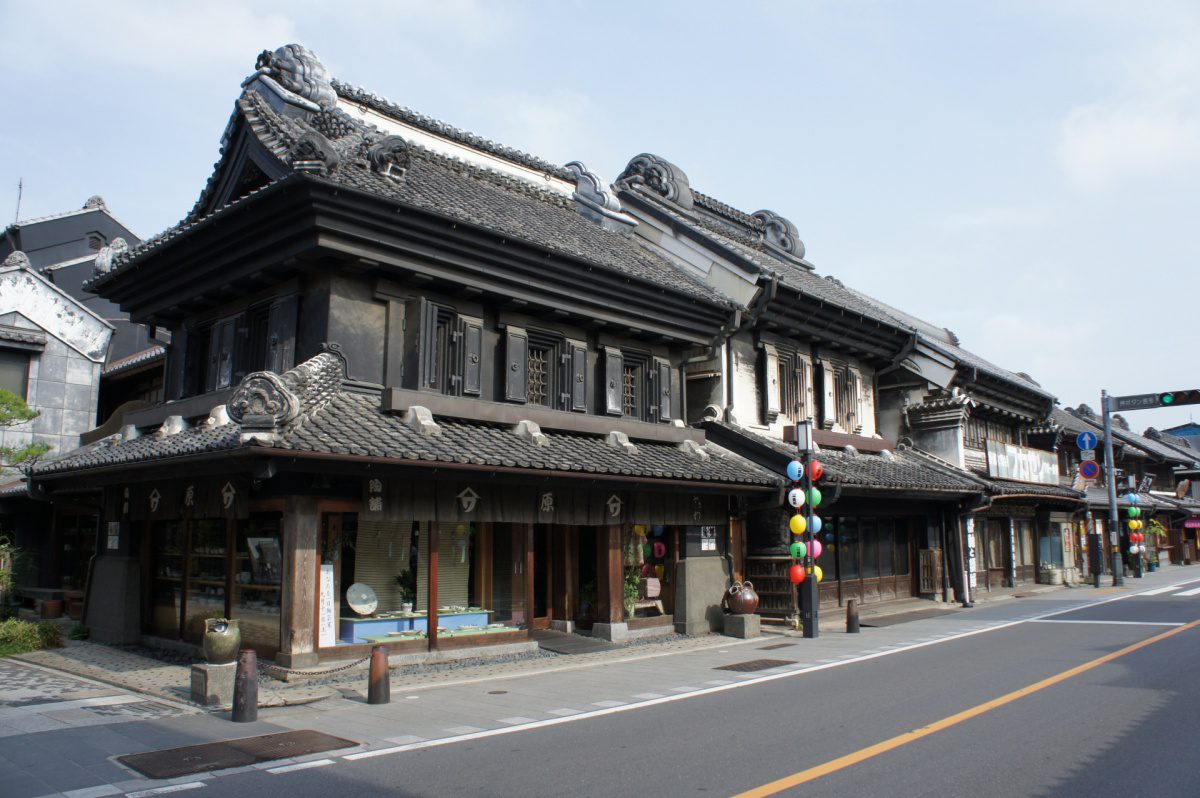
Japan Wonder Travel Tours
On our tour, a knowledgeable guide will take you to the best spots to enjoy the area. You can listen to the background stories of the area, try some local foods and learn the Japanese culture.
For the first-timer of course, but even if you already live in Japan, these tours will help you discover something you didn’t know!
- Tokyo 1–Day Highlights Private Walking Tour (8 Hours)
- Kyoto Private Full Day Walking Tour [Customizable]
- Tokyo Fish Market Tour @Tsukiji

Seven Lucky Gods pilgrimage is a good way if you want to bring in good fortune and blessing for the new year and also to get to know the area as you walk from one temple to another.
Follow us on Instagram or Facebook for more travel inspiration. Or tag us to get featured!
Happy travelling!
Stay informed of the best travel tips to Japan, the most exciting things to do and see, and the top experiences to have with the Japan Wonder Travel Newsletter. Every week we will introduce you to our latest content.
Other articles you might like



